Aviation performance of the Peresvet combat laser system: carriers, targets, tactics of application
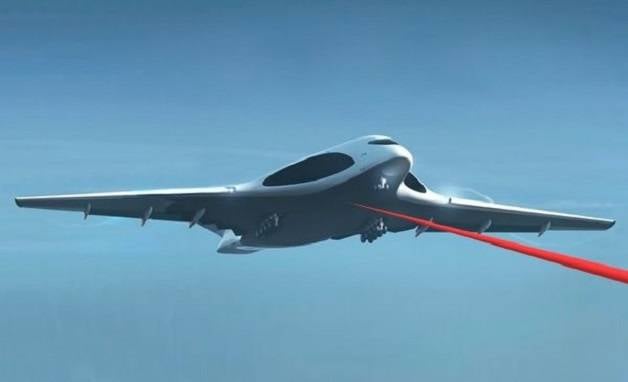
In the previous article “Secrets of the Peresvet complex: how does the Russian laser sword work?” we examined the most likely options for the implementation of the combat laser complex (BLK) "Relight". Are there any prerequisites for considering the aviation performance of this complex? Yes, such a variant of Peresvet BLK can be created. We shall call it conditionally ”BLK“ Peresvet-A ”.
What reasons suggest that this is possible? Such information was reported in an interview with the newspaper Krasnaya Zvezda by Deputy Minister of Defense of the Russian Federation Alexei Krivoruchko. In particular, it was reported that:
Information about the possibility of increasing the power of the Peresvet BLK due to the modularity of the design indirectly confirms the assumption that the nuclear pumped laser is the basis of this complex. As we said in the previous material, fiber lasers have the best opportunities for increasing power by combining individual modules, but the likelihood of their use in the Peresvet BLK is small due to the fact that this technology "leaked" from Russia during the years of perestroika. The possibility of implementing gas-dynamic or chemical lasers in a modular design can be called into question. But the power of nuclear-pumped lasers can be varied by changing the number of laser cells, which is consistent with the concept of modularity.
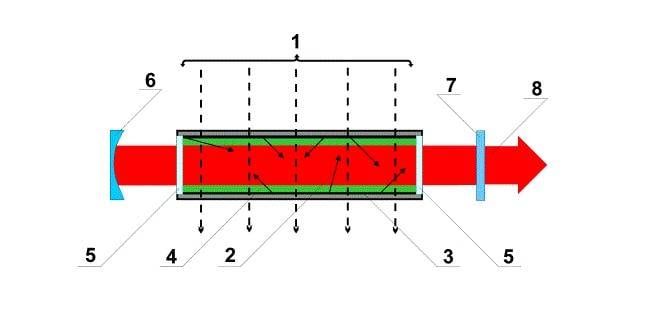
Let's try to guess on which aviation carriers can be placed BLK "Peresvet" and what tasks it can solve in the interests of the Armed Forces of the Russian Federation. For convenience, we refer to the aviation version of the Peresvet BLK as the Peresvet-A BLK.
Airplanes of military transport aviation (BTA) of the Russian Federation
The most obvious platform for the Peresvet-A aviation laser combat complex (ABLK) is the aircraft of the military transport aviation of the air forces of the Russian Federation.
Pending prospects for the use of laser weapons on air carriers и Possibilities of implementing the Peresvet BLK based on chemical or gas-dynamic lasers We have seen that projects for deploying lasers on BTA aircraft were developed both in the USSR / Russia and in the USA. Of the latest projects, this is the Soviet / Russian aviation laser complex - the A-60 experimental flying laboratory or the American project of the Boeing YAL-1 missile defense aircraft complex.
Both projects did not reach serial production due to the imperfection of the gas-dynamic and chemical lasers used in them. Nevertheless, in the process of testing, unique data were obtained on the operation of aircraft-carrier lasers, nonlinear effects arising from the propagation of high-power laser radiation in the atmosphere, and methods for their compensation were studied.
Presumably, the main objectives of the prospective ABLK based on the A-60 complex were to be the low-orbit spacecraft (SC) of the enemy, while the American Boeing YAL-1 was intended to destroy ballistic missiles in the active phase of the flight (after launch) at a distance of up to 600 kilometers .
Given the dimensions of Peresvet BLK, Il-76 aircraft, for example, in the modification of IL-476, or promising IL-96-400T, may become its carriers.
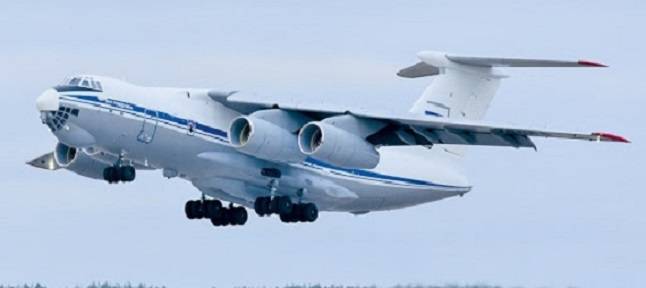
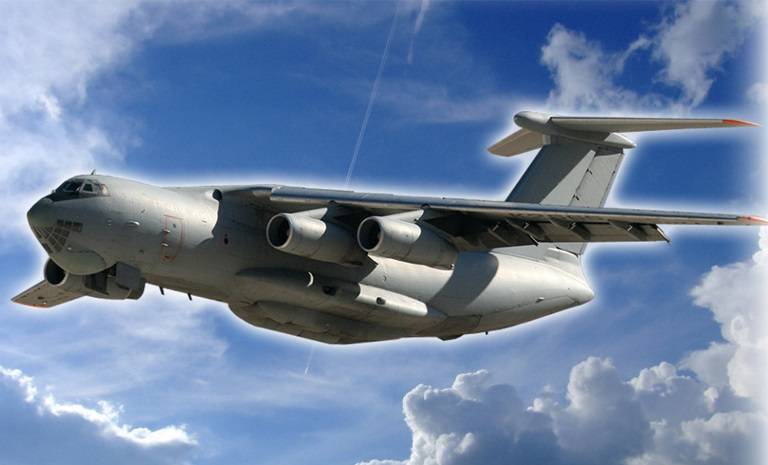
If the carrying capacity of these aircraft is not enough, then the An-124 Ruslan aircraft or the perspective heavy transport aircraft PAK TA (a promising aviation complex for transport aviation, which has received the designation Il-106), designed to replace it, can act as carriers.
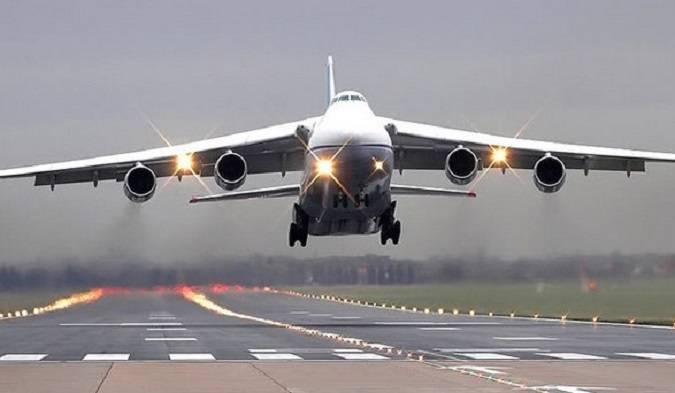
Another candidate may be considered the modification of the IL-76 aircraft - an increased-capacity aircraft IL-96-500T, designed for the transportation of bulky cargo.
Which transport aircraft can be considered the most likely carrier? It is possible to immediately exclude An-124 from this list, since this aircraft was developed by the Ukrainian design bureau Antonov and is no longer produced, and the modification of existing vehicles may turn out to be too risky and inefficient.
BLK "Peresvet" is hardly a cheap system. As a carrier, its value will play an important role in reducing the total cost of ABLK. Also, if the Peresvet BLK is implemented on the basis of a nuclear-pumped laser, the presence of radioactive materials on board places high demands on the reliability of the carrier. So, the most likely candidate for the role of carrier ABLK is the Il-76 transport aircraft, or its latest modification - Il-476.
It can be assumed that in the event that Peresvet ABLK on the basis of IL-76/476 proves to be effective, a more powerful modification of the ABLK can be created already on the basis of a larger and larger IL-106 aircraft, which is currently being developed.
Tasks of ABLK "Peresvet-A": space
What tasks can be assigned to ABLK "Peresvet-A"? Most likely, in the first place it will be intended to destroy low-orbit spacecraft or their sensitive sensors.
In comparison with the ground-based Peresvet BLK, the Peresvet-A anti-aircraft missile will have increased capabilities for hitting enemy spacecraft for at least two reasons.
Firstly, the placement of a combat laser on an aircraft carrier will minimize the influence of the atmosphere, especially its surface part. When directing high-power ground-based lasers, it is required to take into account the complex nonlinear effects that occur in the atmosphere, which places high demands on the guidance system. At an altitude of over 10 kilometers, these phenomena should manifest themselves to a much lesser extent. The influence of precipitation will also be reduced: in principle, Peresvet-A ABLK can simply leave the precipitation zone or rise above the clouds.
Secondly, enemy satellites move in different orbits. In some cases, it may be necessary to defeat the satellites, whose orbits are distant, relative to the locations of the Peresvet BLK. In this case, ABLK "Peresvet-A" can quickly advance to the position optimal for the destruction of the selected spacecraft. Similarly, ABLK "Peresvet-A" can be used to destroy maneuvering spacecraft.
Tasks of ABLK "Peresvet-A": air
Without denying the importance of fighting the enemy’s spacecraft, it can be assumed that Peresvet-A ABLK will turn out to be a more important combat complex for the Russian Air Force, capable of significantly affecting the tactics of warfare in the air. In the article “Laser weapons on combat aircraft. Can I resist him? ”, we examined the effects of the advent of laser weapons on combat aircraft. In fact, it will be extremely difficult to resist promising combat aircraft with laser weapons with a power of 300 kW and higher. The capabilities of laser weapons to intercept air-to-air and air-to-ground missiles, as well as the exceptional capabilities to destroy enemy aircraft in close combat, will require promising new generation aviation systemswhich it will be practically impossible to resist on existing combat vehicles.
But this is a matter of at least the medium term (2030-2050), but the Peresvet-A ABLK, apparently, can be implemented in a relatively short time. How can it be used for war in the air?
The structure and capabilities of the combat aviation group on the basis of ABLK "Peresvet-A"
The proposed combat aviation group should include one A-100 Premier Long-Range Radar Detection Aircraft (AWACS), one Peresvet-A ABLK and two to four Su-57 multi-functional fighters with air-to-air missiles. Also, promising unmanned aerial vehicles (UAVs) S-70 Okhotnik can be included in a combat aviation group.
The main objective of such a combat aviation group is the creation of a highly stable A2AD zone (anti-access and area denial - restriction and prohibition of access and maneuver).
Based on the assumed and real capabilities of the American Boeing YAL-1 airborne laser complex with an estimated laser power of up to 14 MW and an actual order of 1 MW and a corresponding target range (launching ballistic missiles), estimated at up to 600 km and actual up to 250 km (presumably at training targets were struck at such a distance), you can find out the estimated range of destruction of air targets ABLK "Peresvet-A".
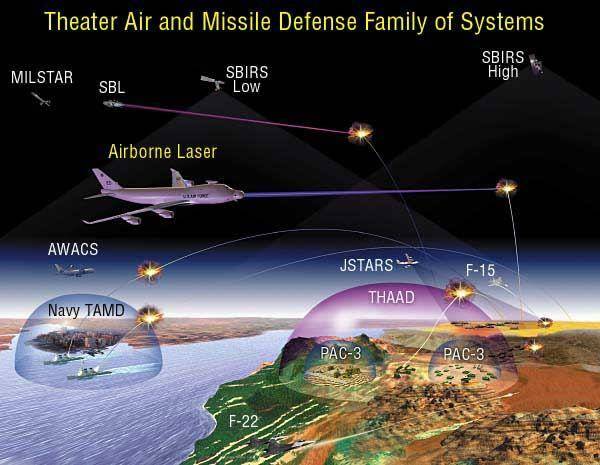
When a laser with a power of 1-3 megawatts is installed on ABLK Peresvet-A, the range of destruction of enemy aircraft can be about 250-300 kilometers and up to 500-600 kilometers with a corresponding increase in laser power. Based on this, Peresvet-A ABLK, even with a laser power of 1 MW, is capable of hitting air targets beyond the range of existing air-to-air (B-B) weapons, and with an increase in power beyond the range of promising V-B missiles.
The question arises: isn’t it easier to create long-range air-to-air missiles? It is possible, but they will not replace laser weapons, but will complement .
The range of most modern V-V missiles is about 100 km, with the latest modifications about 150-160 km.
Long-range missiles of the Russian R-37 type, promising RVV-BD or ultra-long-range KS-172 are distinguished by significant dimensions and weight, as well as low maneuverability, which allows them to work only for non-maneuverable targets. In addition, they can be shot down by the latest enemy V-B missiles, which have the ability to directly intercept (hit-to-kill). At maximum range, B-B missiles will have minimal efficiency due to loss of energy and speed. This also applies to V-B rockets with a ramjet engine, they just have a different velocity curve. At the same time, they will meet with interceptor missiles at the optimum range for those when their power and maneuverability will be maximized.
Do not forget about the capabilities of electronic warfare (EW) systems that can disrupt the target capture of active radar homing missiles V-V, which have significantly lower energy capabilities compared to the radar of the carrier, not to mention the radar of an Aircraft. Due to the long launch range, the correction according to the radar data of the carrier aircraft or the AWACS aircraft may also be difficult or impossible due to the operation of electronic warfare equipment.
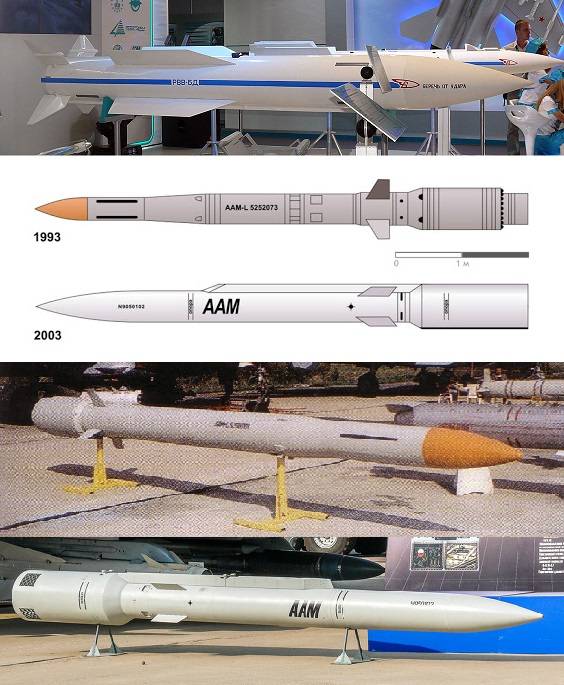
The increase in the dimensions and mass of B-B missiles of long and ultra-long range leads to a decrease in the ammunition load of carriers. Thus, most of the launched B-B missiles of long and ultra-long range can be intercepted by the B-B missiles of the enemy of short and medium range, the ammunition of which will be much larger with a comparable number of carriers.
Thus, only ABLK “Peresvet-A” (or its analogue) will be able to ensure the possibility of confident destruction of air targets at ranges of 200-300 or more kilometers. At least until all enemy aircraft are equipped with the appropriate anti-laser protection. And this, consider, replacement or deep modernization of the entire fleet of military and auxiliary aircraft.
It should be understood that for missiles there are only hit / miss situations. In case of a miss, the result of the attack will be zero. If we are talking about the effects of laser radiation, then everything is different. The aforementioned lesion ranges of Peresvet-A ABLK are assumed on the basis of test data from the American airborne laser system Boeing YAL-1, on which training liquid and solid fuel ballistic missiles were hit.
In the situation with the aircraft, even partial damage can completely disable the aircraft, for example, the cockpit is an extremely vulnerable target - it is much easier to disable it than to damage the aircraft body. And do not think about inhumane blindness. From blinding with an IR laser, it is enough to simply protect yourself with glasses or a helmet with a special filter. And if the filter could not stand it, then, then, the radiation power is such that the pilot is guaranteed to be dead.
In addition, the sensitive elements of the avionics are located behind radio-transparent radomes - radar, elements of the electronic warfare system. Disabling them will make enemy aircraft defenseless targets. In other words, a powerful laser weapon, if it doesn’t hit an enemy’s aircraft, can “drive away” them, as Gandalf drove the Nazguls with his staff.
The task of ABLK “Peresvet-A” as part of this aviation combat group may vary depending on the characteristics of the combat laser installed on it. The main criterion here is the mode of operation of the combat laser, namely the duration of breaks between “shots”, which can be regulated by the need to cool the system or accumulate energy (depending on the type of laser used). The second important component is the ability to retarget the beam of ABLK "Peresvet-A" in real time, which is necessary to defeat maneuvering targets. Laser power ABLK "Peresvet-A" should be from 1 megawatt or more, similar to that expected for BLK "Peresvet".
Thus, depending on the duration of the continuous operation of the laser, the duration of the breaks between the "shots" of the laser, and the capabilities of the beam guidance system, the goals of ABLK Peresvet in the order of decreasing priority may be:
1. Aircraft AWACS, EW aircraft, tanker aircraft.
2. Aircraft of tactical and strategic aviation.
3. Missile weapons of the enemy, including missiles: air-air, air-ground, ground-air, etc.
The alleged tactics of using ABLK "Peresvet-A" against aviation
Aircraft DRLO, using its powerful radar with a phased antenna array, detects enemy aircraft and gives target designation ABLK "Peresvet-A" and Su-57 fighters. The main objective of the Su-57 fighters is to cover the aircraft AWACS and ABLK "Peresvet-A". At the same time, the “Okhotnik” UAVs can act as carriers of V-V weapons or electronic warfare equipment, and if the “Okhotnik” UAVs are equipped with radars similar to those installed on the Su-57, they can be advanced in the direction of the enemy for reconnaissance especially dangerous directions.
Even if ABLK Peresvet-A can only fight with AWACS, electronic warfare aircraft and tankers, a combat air group based on it will already pose a significant threat to the enemy. He will have to take AWACS and EW aircraft into the depths of battle formation, which will sharply reduce their effectiveness, and / or use the radar of tactical aircraft, revealing their location. As a result, the effectiveness of the actions of all enemy combat aircraft will be significantly reduced,
In the event that the capabilities of Peresvet-A ABLK will allow the destruction of tactical aircraft and missile weapons, the combat aviation group at its base will turn into a kind of “heavenly fortress” that can withstand significant enemy forces, conduct both defensive and offensive combat action in the air.
It should be borne in mind that the potential enemy is also not idle, focusing on equipping with a universal laser weapon practically the entire fleet of tactical, strategic, transport and auxiliary aviation. For example, one of the most interesting developments:
A new type of laser based on TDL technology (Thin Disk Laser) not only proved its operability, but also produced a 30-kW beam, which was 30% higher than the military requirements. Note that for the interception of UAVs, shells, mortar mines and destruction of manpower, even with current guidance systems, a laser with a power of 10 kW or more is sufficient. Thus, the very promising TDL concept has proved the possibility of developing compact high-energy combat lasers with a highly concentrated powerful and ultra-bright laser beam.
The contract to develop a high-power thin-disk laser or TDL was signed between the Pentagon and Boeing in the spring of 2011. Laser on thin disks attracted the military to a number of unique features. So, TDL can generate laser pulses of very high power and of various durations. The size of the laser core is very small: with a diameter of 10 mm for a laser with a power of tens of kilowatts. Moreover, a thin-disk laser has a much higher efficiency (up to 70%) than other types of solid-state lasers. This means that combat TDL will not need bulky liquid cooling systems and power sources of excess power.
TDL technology is already used for cutting metal and has proven its worth - such lasers are reliable and require a minimum of maintenance. True, the military has much higher TDL requirements, but Boeing experts are confident that they will be able to create a compact, reliable combat laser with a power of about 100 kW.
Such a laser can be placed on armored vehicles, helicopters, airplanes, ships. Thanks to TDL there will be new opportunities to intercept a variety of air targets and defeat manpower and equipment. Instant energy delivery, absolute accuracy and powerful psychological impact make the laser a very effective weapon. In addition, the laser is capable of hitting point targets at a distance of several kilometers with zero or minimal collateral damage.
The only drawback of laser guns is still the complexity of their operation, associated with size, weight, the need to use liquid cooling systems and powerful sources of power supply. In many ways, a thin-disk laser solves these problems, which may make laser weapons widespread in the armies of developed countries.
The estimated laser efficiency is impressive - 70%. If it is achieved, this will be an important milestone in the development of laser weapons.
The appearance of laser weapons to some extent can make a war in the air similar to a war of artillery ships. In this sense, “gauge”, read: laser power, will be of decisive importance, as well as “armor thickness” - anti-laser protection. In this case, ABLK “Peresvet-A” can become a kind of battleship in relation to enemy combat aircraft equipped with laser weapons of lower power, with consequences for the enemy.
PS Once again. It will be protected from laser weapons complicated. To do this, it will be necessary to significantly modernize or completely replace the entire fleet of combat and auxiliary aircraft.
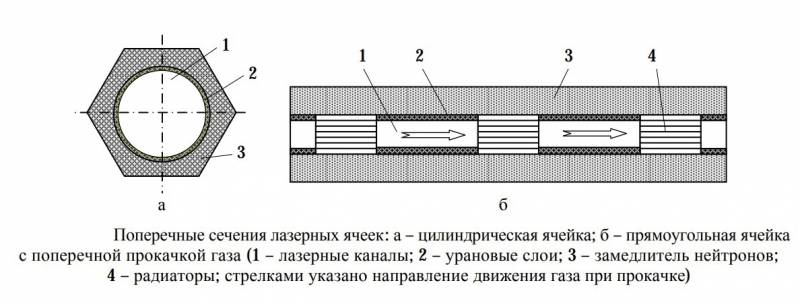

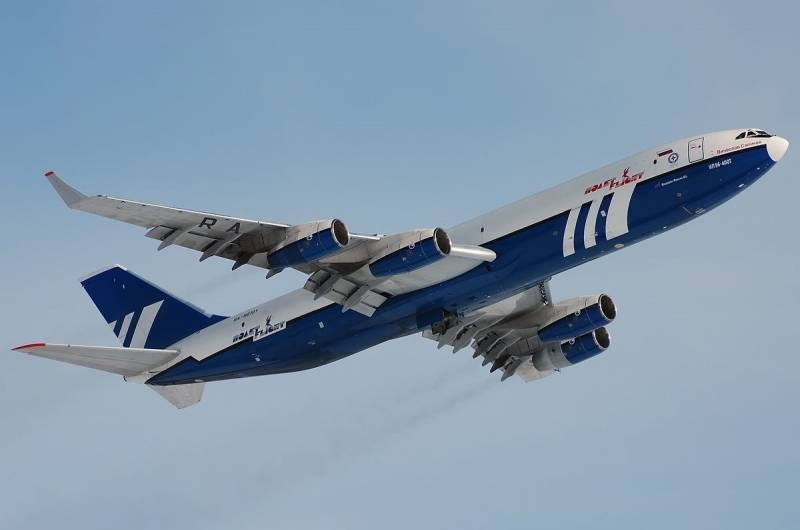
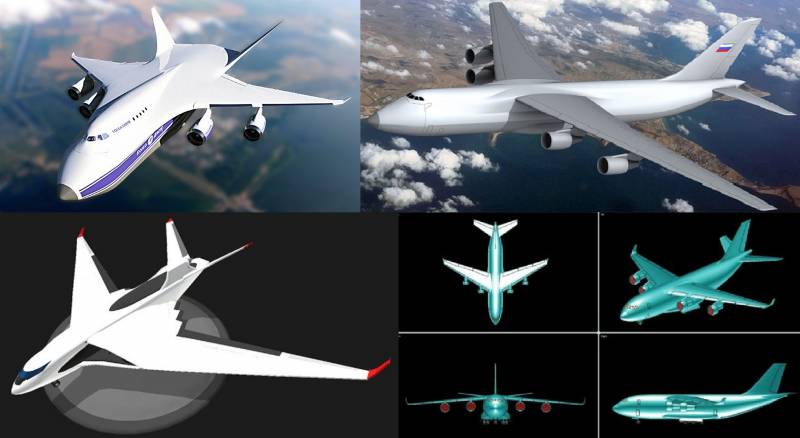
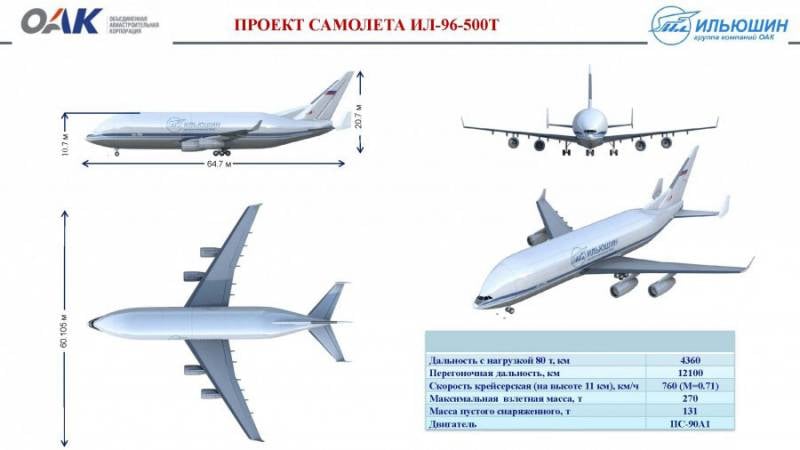

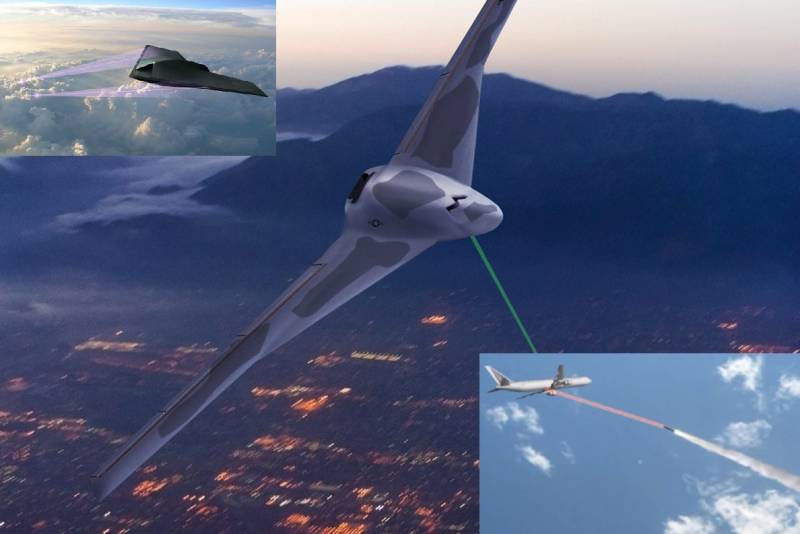
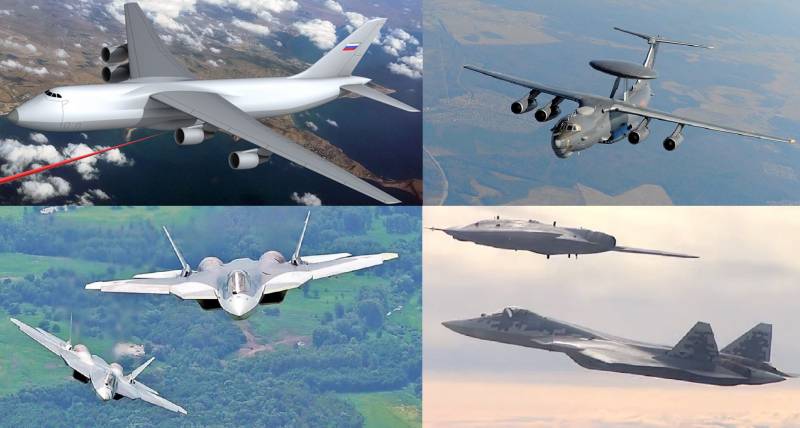
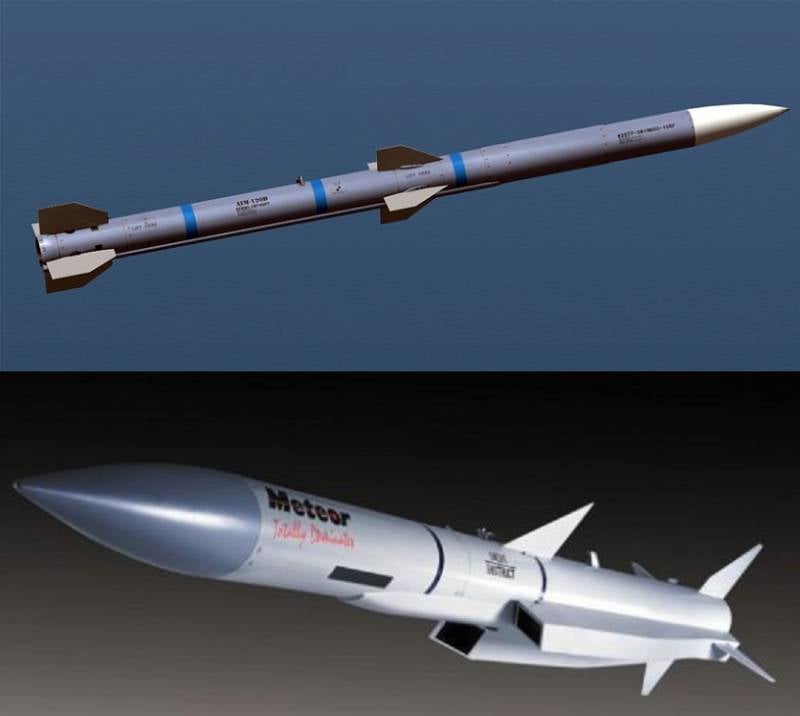

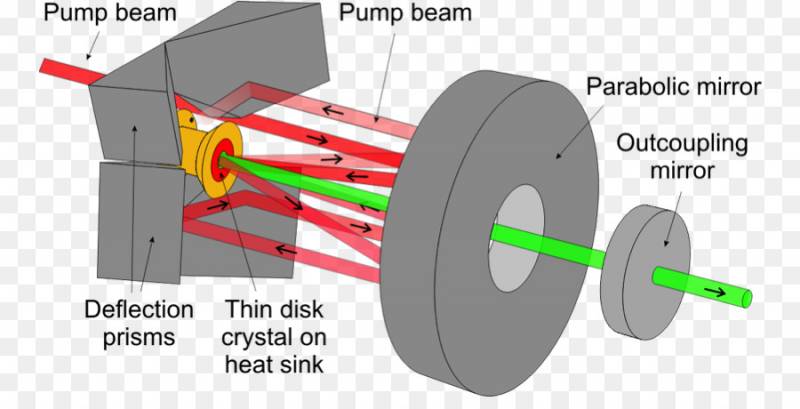
Information